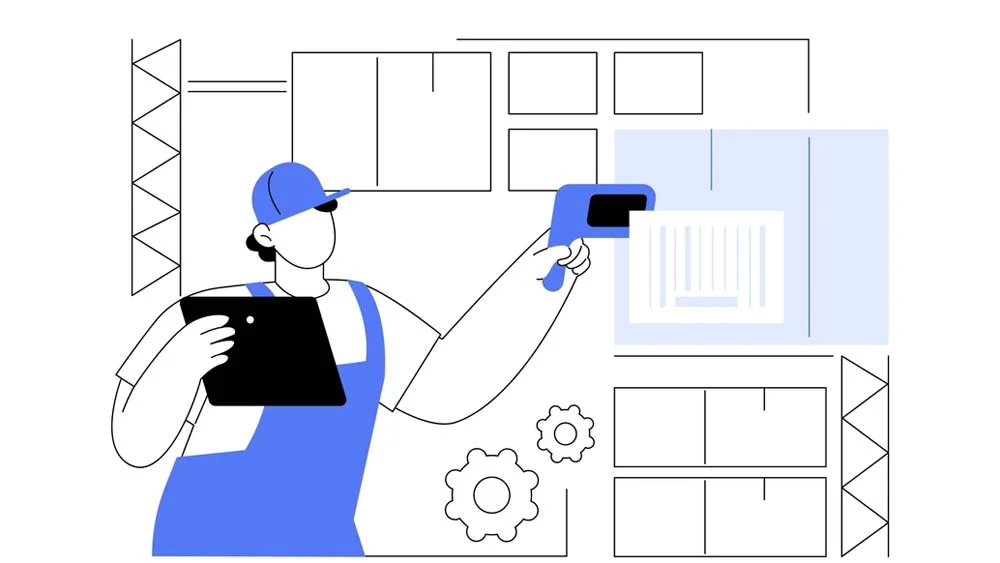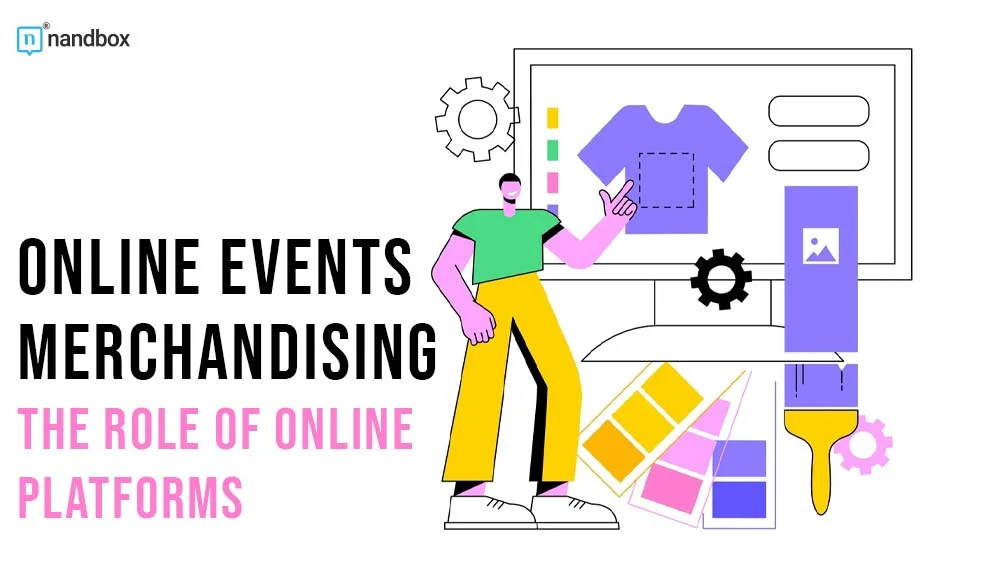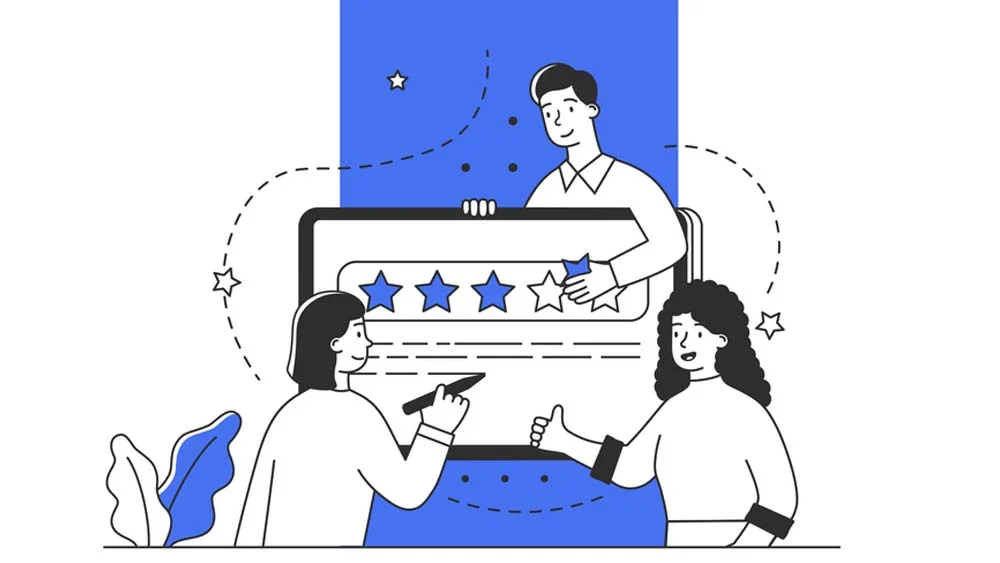Event merchandising has always been more than just selling t-shirts and caps. It’s about connecting fans, building brand loyalty, and extending the event experience beyond the venue. But let’s be real, traditional merch operations can be a mess, with endless emails, confusing spreadsheets, and the never-ending back and forth between designers, suppliers, and organizers. They’re also quickly losing their appeal among concert-goers, trade-show attendees, and audiences of all kinds. Many events today end up with a significant chunk of their merchandise going unsold, thus losing out on a significant source of revenue. With collaborative online events merchandising platforms, however, this often arduous process can be turned into a smooth, well-oiled machine. In this article, we take a look at how these platforms are changing the game for the better, and why it’s high time that you jump on board.
1. Seamless Team Collaboration
A key challenge of throwing big events is getting everyone on the same page, whether it is designers, markets, or suppliers. All factions need to collaborate seamlessly and arrive at decisions unanimously, but this process often feels like herding cats.
However, with tools like Slack, Asana, and Trello, breaking down silos and getting everyone in the same virtual room has gotten a lot easier. Whether it is communication and collaboration, or sharing files and tracking progress, everything can be in one place.
With the use of platforms such as nandbox, it is now increasingly simple to craft purpose-built applications that collaborate with a wide range of your other systems and processes to help achieve your objectives seamlessly and efficiently.
2. Real-Time Inventory Management

Keeping track of inventory in the heat of an event is like juggling chainsaws, one misstep, and you’re in trouble. Platforms like Shopify and Square allow you to manage inventory in real-time, and rather seamlessly at that.
You can track what’s selling, and what’s not, and adjust on the fly. This not only saves you from those awkward “Sorry, we’re sold out” conversations but also ensures you don’t end up with boxes of unsold merch gathering dust.
Pro tip: Set up alerts for low-stock items so you can reorder before it’s too late. Or, use the data to pivot mid-event, if caps are flying off the shelf, you might want to push a flash sale on your social channels to ride the wave.
3. Customized Merchandising Solutions
Generic event merch can no longer cut it. Fans at events today want something that stands out and feels exclusive.
This is where it makes sense to co-create with your audience and suppliers, opening up possibilities for unique, limited-edition products. A great way to do something like this is by integrating a design feedback system that lets your audience vote on their favorite designs and suggest tweaks.
Just a simple form with the right fields often does the trick, and such an approach helps provide fans and audiences with a sense of ownership and connection.
A great way to crank this up a notch is by offering design by yourself options for fans, allowing them to craft custom hoodies, t-shirts, scarves, caps, and more, making them feel more involved, engaged, and unique than ever before.
4. Data-Driven Insights
The beauty of online platforms is the treasure trove of data they generate. You can track which products are popular, what price points resonate, and how your audience is engaging with your merch line. This data helps refine future strategies, allowing you to focus on what really moves the needle.
Consider using Google Analytics or platform-specific dashboards to track sales patterns. Is there a spike when you drop a new design? Are sales stronger during specific times of the day? Leverage this data to optimize your marketing efforts, such as timing social media posts to align with your peak sales hours.
There is a lot that you can do with effective data analytics. Many events unlock a great deal of value by merely collecting and analyzing data from past events. By paying attention to this activity, you’ll soon realize that you’ve been inadvertently leaving a lot of value on the table.
5. Enhanced Customer Experience
Let’s face it, no one likes dealing with clunky checkout processes or slow shipping times. Collaborative platforms streamline the customer journey from start to finish.
Another dimension to consider for event organizers is harnessing popular streaming apps, which can provide additional touchpoints for audience engagement through exclusive streams and event highlights.
Whether you’re using Shopify’s built-in payment processing or integrating third-party logistics providers, everything happens within one cohesive system. And the best part? Automated notifications keep customers in the loop, reducing the need for manual updates and inquiries.
For events, quick and easy checkout options like Apple Pay or Google Wallet can make a huge difference. No one wants to stand in line during a concert or festival. Integrating quick payment methods boosts sales and keeps attendees happy.
6. Scalability
Collaborative platforms make it easy to scale your online events merchandising efforts, ensuring that you’re not constrained by the limitations of physical inventories or geographical boundaries.
If you need to expand your offerings or ramp up production, collaborative and intertwined platforms make it easy to scale things without too much of a headache, and without any impairments to the quality of your offerings.
With platforms like Etsy or even bespoke event apps, you can start with a limited run and scale up based on demand. Plus, with print-on-demand services, there’s no need to invest heavily in inventory upfront; order exactly what you need when you need it.
Final Thoughts
Collaborative online platforms are transforming online events merchandising from a logistical headache into a streamlined, data-driven powerhouse.
By centralizing communication, integrating real-time data, and offering endless customization possibilities, these platforms are not just revolutionizing how merch is made and sold, they’re redefining the entire event experience.
Whether you’re a small local festival or a large-scale concert series, embracing these tools will put you ahead of the curve and keep your audience coming back for more. So, what are you waiting for? Dive into the world of collaborative online events merchandising and watch your event’s brand reach new heights.




